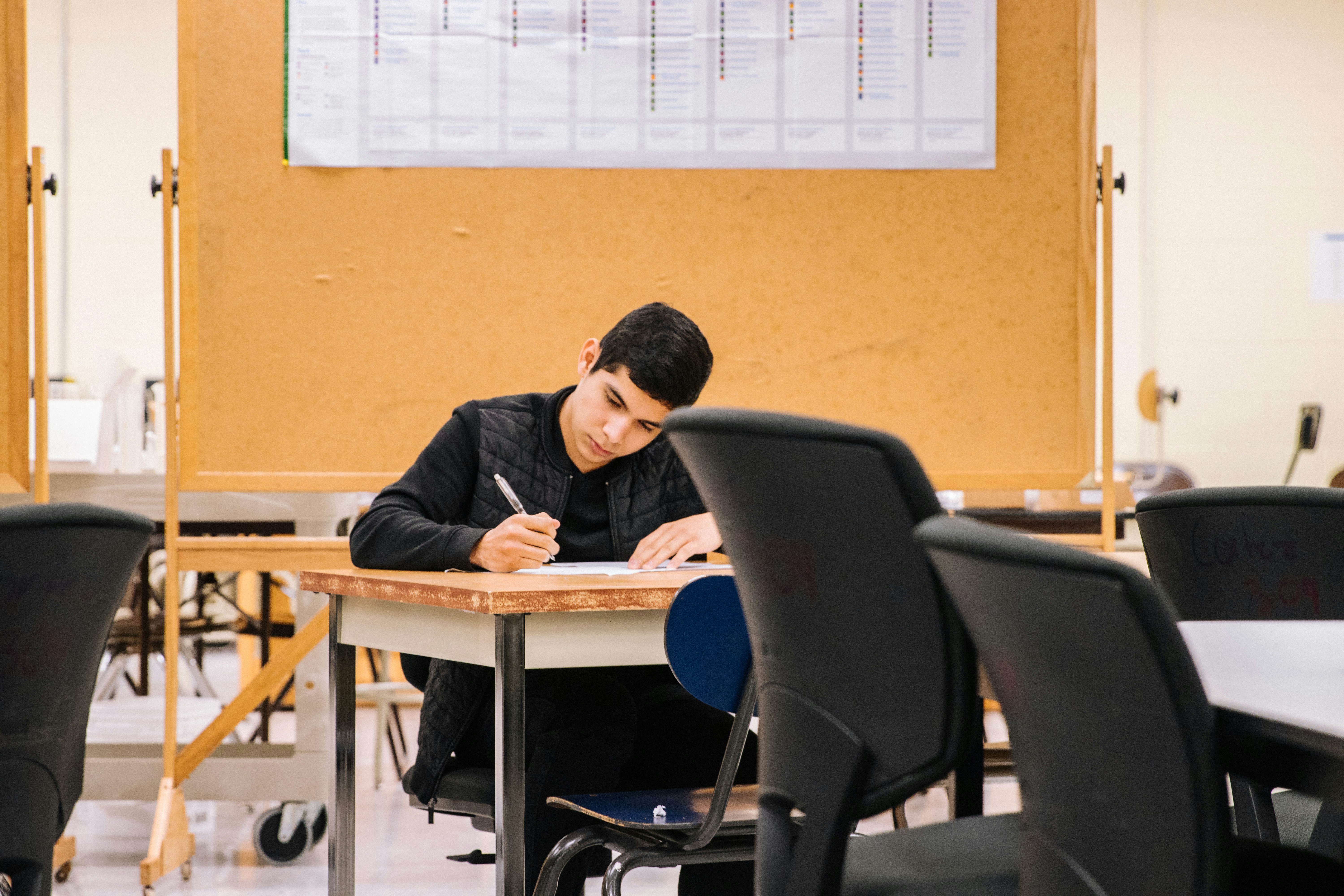April 29, 2025

How to Improve the Teacher and Student Relationship
rebekah
December 23, 2024
Building a strong teacher-student connection goes beyond just exchanging lesson plans and homework assignments. It’s about creating mutual trust, fostering respect, and cultivating an environment where both teachers and students can thrive.
Studies have shown that positive teacher-student relationships are linked to better social, emotional, and academic outcomes for students.
However, this kind of connection doesn’t just happen overnight—it requires intentionality and a whole lot of effort.
If you’re wondering how to improve the teacher and student relationship, you’re in the right place.
Together, we’ll explore what good teacher-student relationships look like, why they matter, and some practical strategies you can use to boost your connections in the classroom.
What Do Good Student and Teacher Relationships Look Like?

A great teacher-student relationship is built on empathy, trust, and open communication. Picture a middle schooler confiding in their teacher about a bullying issue, knowing they’ll be heard and supported. Or a student sharing their extracurricular achievements, assured their teacher will celebrate their success.
These relationships thrive when students feel seen and valued as individuals. Teachers who know their students’ names, interests, and challenges foster an environment of belonging. In addition, classrooms that emphasize emotional support tend to see higher levels of student participation and engagement.
On the other hand, negative relationships—characterized by conflicts or lack of communication—can hinder students’ growth. These classrooms often feel tense, discouraging students from actively participating or seeking help.
The goal? To strike a balance between high academic standards and emotional connection. It’s about showing students that you care about more than their grades—you care about them.
20 Ways to Boost Your Teacher-Student Relationships

Below, we’ve outlined actionable strategies to help you nurture stronger bonds with your students. Whether it’s a one-on-one interaction or a group activity, these tips focus on connection, communication, and creating a positive classroom culture.
1. Use Humor
Laughter lightens the mood and breaks down barriers, making your classroom feel more welcoming. Whether it’s sharing a funny (appropriate!) story or cracking a lighthearted joke, humor can build rapport and make learning enjoyable. Remember, a laughing student is often an engaged student.
2. Hold Morning Meetings
Start the day by bringing your class together to discuss plans, share goals, or simply check in. This practice sets a positive tone for the day and makes every student feel included.
3. Give Get-to-Know-You Surveys
Distribute short surveys with prompts like favorite hobbies, subject preferences, or what they wish their teacher knew about them. These insights help you connect with students on a personal level.
4. Have Students Create “All About Me” Presentations
Give your students a chance to shine! They can create slides or posters showcasing their interests, families, and aspirations. This activity not only helps you learn about them but also builds peer connections.
5. Write Gratitude Journals
Encourage students to write down what they’re grateful for—whether it’s something about school or outside of it. Share your own gratitude moments with them, and you’ll foster a culture of positivity.
6. Greet Your Students at the Door (and Say Goodbye Each Day)
A warm “good morning” or “have a great afternoon” goes a long way. Greeting students signals that you value their presence and helps start and end the day on a positive note.
7. Apologize and Ask Questions
Don’t be afraid to admit mistakes or ask clarifying questions. Showing humility humanizes you and models accountability for your students.
8. Check In During Attendance
Take attendance as an opportunity to ask students how they’re doing—mentally, emotionally, or physically. A simple “How are you today?” can open the door to meaningful dialogue.
9. Assign Seats and Rotate Them
Mixing up seating arrangements gives students the chance to interact with new peers, fostering an inclusive classroom dynamic.
10. Hold Show-and-Tell
Yes, even older students (and teachers!) enjoy sharing something meaningful to them. Whether it’s a favorite book or family heirloom, moments like these build connections and camaraderie.
11. Make a Class Playlist
Ask your students to contribute songs (school-friendly, of course!) to a classroom playlist. Play it during breaks or group activities—it’s an easy way to energize and personalize your space.
12. Play Two Truths and a Lie
This classic icebreaker encourages students (and you!) to open up in a fun, low-stakes way. It’s a great conversation starter and gets everyone laughing.
13. Spend Time Individually with Each Student
One-on-one time makes a difference, whether it’s a quick chat after class or a scheduled check-in. Use this time to understand their challenges, goals, or just to build rapport.
14. Create a Positive Classroom Climate
Provide a space where students feel safe to express themselves, participate, and take risks without fear of judgment.
15. Model Good Behavior
Students watch what you say and do—so lead by example. Whether it’s showing kindness or managing emotions, modeling positive behavior teaches life skills.
16. Give Meaningful Feedback
Go beyond “good job” by highlighting specific strengths or areas for improvement. Personal and constructive feedback shows students that you’re invested in their growth.
17. Mind Your Body Language
Smiles, eye contact, and gestures matter. Nonverbal cues are just as essential as the words you speak in building a trusting relationship.
18. Call Home for Good Behavior
Surprise a student’s family with a positive phone call. Recognizing their achievements reinforces good behavior and boosts their confidence.
19. Share Your Passions (and Show Interest in Theirs)
If you’re passionate about history, sports, or a specific hobby, share it with your class—it sparks connections! Likewise, ask students about their passions to learn what motivates them.
20. Allow for Choices
Empower students by letting them make choices in their learning, like selecting a project topic or deciding on group roles. Autonomy strengthens engagement and trust.
What is the Most Important Factor in the Teacher-Student Relationship?

Without a doubt, the single most important factor in the teacher-student relationship is trust. Without it, the foundation of the relationship crumbles. Building trust requires consistency, respect, and genuine care for your students as individuals—not just learners.
From greeting students daily to showing vulnerability when needed, trust grows through intentional, everyday actions.
Strengthening teacher-student relationships is not just nice to have—it’s essential for fostering a thriving classroom. And you don’t have to do it alone—check out the Stanfield Company’s resources for ideas and curriculum to help you enhance these connections even more.
Take the step today to make your class a space where every student feels that they truly belong.


